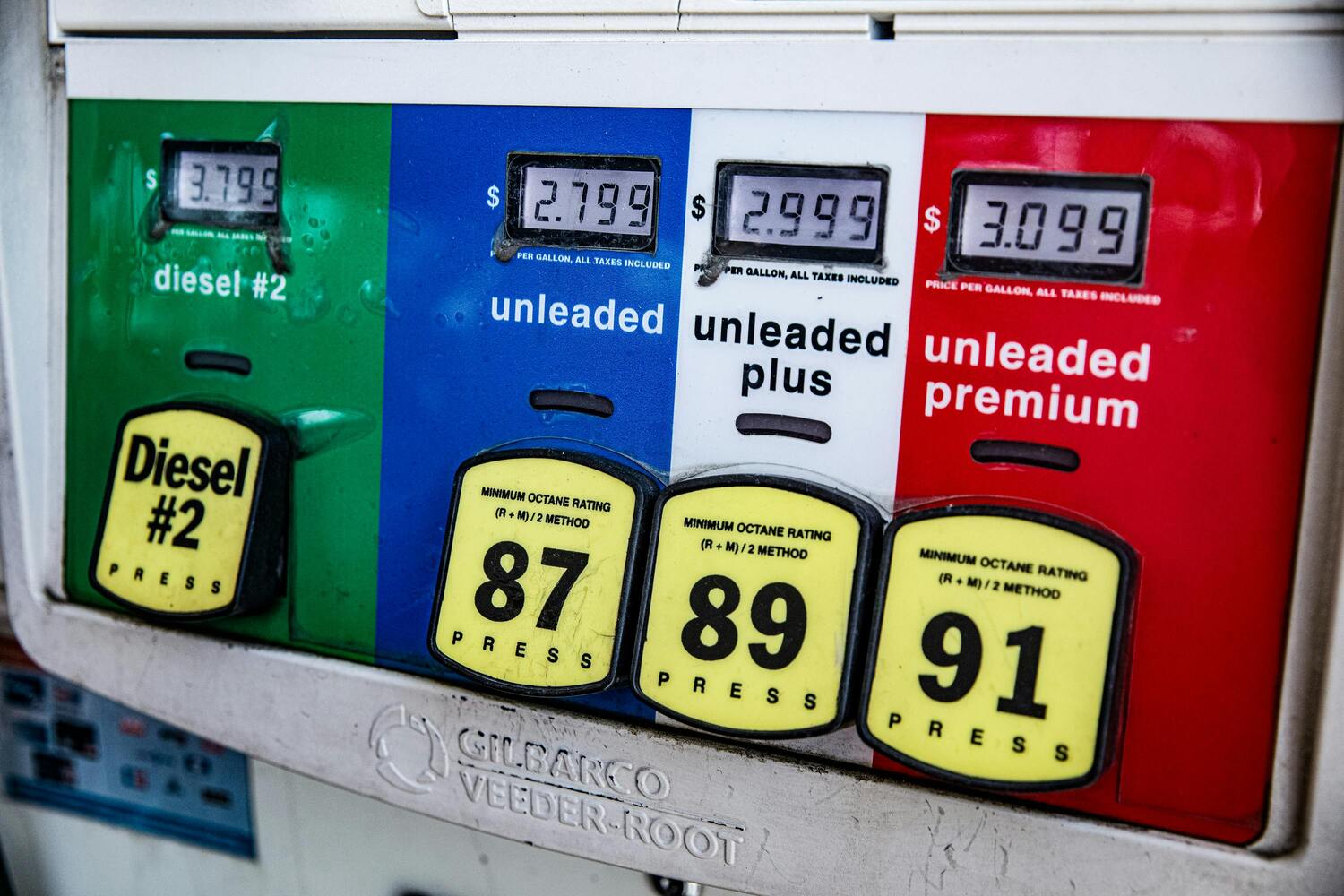Gasoline prices rise: How drivers quietly change habits

Headlines scream when gasoline prices soar, but it’s not just news. This is daily destruction. Now, filling your tank is much more expensive than it was a year ago, and it is not a minor inconvenience for many families. It’s a real financial burden.
Transportation is one of the highest costs for most households, and when fuel costs rise, the ripple effect hits everything. Commuting becomes more stressful. Road trips are reconsidered. Every extra errand is like a luxury. While some people can absorb hits, many people cannot, and they are changing the way they drive, spend and even consider car ownership.
These changes are not always loud or dramatic. Most are subtle, quiet transitions – adjustments made as necessary rather than ideology. But all that is said, they reveal a country slowly reshaping its behavior in response to the reality that it will not disappear in the near future.
Less travel, bigger errands
One of the first ways drivers can adapt to the rise in natural gas prices is to consolidate travel. People used to do multiple outings throughout the week – picking up groceries one day, visiting the post office next, and snapping up takeaways – they plan smarter now.
Errands are being grouped and non-essential travel is delayed or cancelled. Some people even keep a running list of everything they need to do and draw it all out with a strategic approach to avoid wasting fuel. It’s not only about saving gas, but about stretching every dollar, every mile and every minute.
Carpooling makes a comeback
Carpooling seemed to fade over the years, a relic of an early era when families shared minivans and colleagues rode in the office. But as gasoline prices rise, carpooling is quietly reappearing as a practical solution.
Whether it’s parents coordinating school dropouts or neighbors sharing jobs riding, people are rediscovering the benefits of allocating commuting costs. In cities where driving longer, ride committees and community groups are seeing new interest. Even informal arrangements, such as alternate driving to weekend football games – can help families reduce the pressure on the pump.
Less speeds, more coastal areas
Another shift that happens on the road is people slowing down – not because they want it, but because they have to. The fuel burns faster and the gas spreads above $5 per gallon in some areas, the 10 mph foot becomes too expensive.
Drivers are learning how to save energy by relaxing the accelerator, avoiding sudden braking and maintaining a steady speed. Some are even turning to hyperworkout technology, which involves precise driving strategies to squeeze the last mile out of the tank.
These habits not only save money. They reduce wear on the vehicle, improve safety and calm the driving experience. This is one of the few cases of this financial pressure.
Fuel-efficient vehicle returns to style
For a while, bigger situations are better. Trucks and SUVs dominate the market, and gas mileage seems to be an afterthought. But as prices rise, many drivers are rethinking their drive and whether it makes sense.
Hybrid and fuel-powered cars are returning to popularity. Those who once fired small sedans or compact crossovers are now rethinking them because they are developing faster. In some markets, used hybrids are sold faster than newer hybrids.
Even if someone is not ready to trade on a car, they understand fuel efficiency better than ever. The gasoline mileage is back on the radar. For many, it begins to shape their long-term choices.

Watch public transportation and bicycles carefully
While not every city has reliable public transportation, more and more drivers are exploring it, especially for work commuters and short errands. These include buses, trains, and even parking systems that shrink over daily mileage.
At the same time, urban residents are also scattering bicycles. The once-reserved weekend rides are legal alternatives to short-distance driving. For traveling under a few miles, cycling saves money, promotes health, and bypasses the stress of parking and traffic. As gasoline prices rise, these neglected modes of transportation are starting to feel smart again.
Food delivery and online orders drop
Convenience can often be a premium, and there is no clearer place than food delivery and online shopping. While these services exploded during the pandemic, rising fuel costs are causing consumers and businesses to rethink their value.
Some people will skip the delivery fee and then cook at home. Others avoid online order charges or require minimum purchases. The idea of driving to the store used to be inconvenient, but when the alternative was a $40 takeaway and delivery surcharge, it suddenly seemed like a more frugal option.
People don’t necessarily give up on convenience. They just redefine what “worth” based on higher shipping costs.
People pay more attention to vehicle maintenance
Nothing runs out of fuel efficiency faster than bad maintenance. Dirty air filters, expanded tires and outdated oil can quietly steal miles from your water tank. These issues were easily overlooked in the past, but as prices rose, people began to care again.
Driver’s arrangement adjustments are more consistent, check tire pressures weekly and learn basic maintenance tips to protect its fuel economy. These seem like small habits, but over time they make a significant difference and save dollars.
Working from home is no longer just a benefit, it’s a strategy
Remote work used to be a luxury or temporary arrangement. Now, for many workers, this is a lifeline. Since the average annual commute in the U.S. costs thousands of dollars, working from home one or two days a week can translate into meaningful savings.
Some employees negotiate part of the remote plan just to reduce fuel costs. Others even hopped on companies that offer a more flexible working environment. It’s no longer just a convenience or work-life balance. It’s about financial survival.
The new normal of driving
What’s happening on the road today is not just temporary frugality. It’s a quiet but lasting behavioral shift. Drivers are forced to check how fast they drive, when and why. Carefully plan to replace spontaneous drives with nowhere to be replaced. People buy smaller cars, drive less aggressively, and think twice before doing it.
Although fuel prices trigger these shifts, they may stick with it. Once people realize they can spend less money, be smarter, and still live completely, they may not return to their old habits even if the price of gasoline is true.
How does rising fuel prices change how you drive, spend or get to get off work? Are you making any long-term changes, or are you just passing?
Read more:
Costco Gas Calculator: Can I save money on membership if all I buy is fuel?
Is Costco gas mass the same as Exxon, Shell and Chevron?





